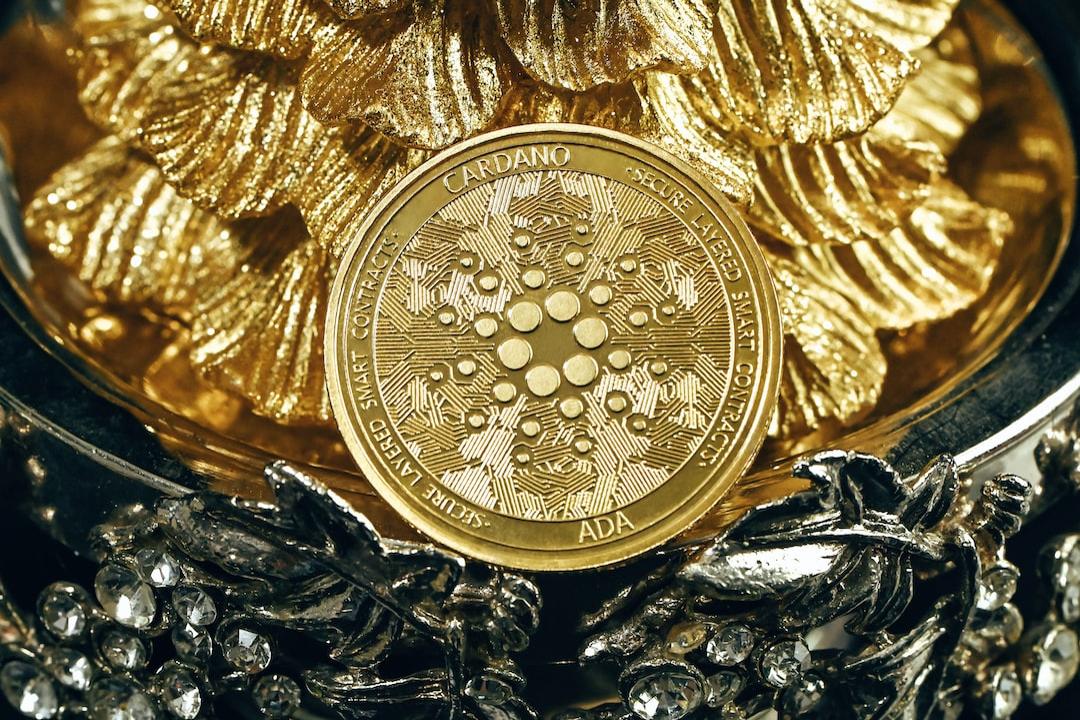Tether Ranked as the Seventh Largest Buyer of U.S. Treasuries Last Year: Is USDT Truly Too Big to Fail?
Tether CEO Paolo Ardoino Proudly Announces Tether as the Seventh Largest Buyer of US Treasuries in 2024
On X, Tether’s CEO Paolo Ardoino proudly shared a chart indicating that “compared to other countries, Tether is the seventh-largest buyer of US Treasuries in 2024,” even surpassing Canada and Taiwan.


USDT Holds 60% of Stablecoin Market, $113 Billion in US Treasuries
As the world’s largest stablecoin issuer, Tether’s dollar-pegged stablecoin USDT currently has a total market capitalization of $14.35 billion, accounting for 60% of the overall stablecoin market. The majority of its reserves are invested in US Treasuries. According to its Q4 2024 audit report, Tether’s net profit for the year exceeded $13 billion, holding $113 billion in US Treasuries.
(Tether Earns $13 Billion in 2024, with Unrealized Gains from Gold and Bitcoin Reaching $5 Billion)
As China and Japan significantly sold US Treasuries to address domestic economic needs and the uncertainties surrounding the US economy, Tether has emerged as a major buyer in 2024. According to Ardoino’s post, Tether purchased $33.1 billion in US Treasuries last year, ranking just behind the Cayman Islands, France, Luxembourg, Belgium, Singapore, and the UK. Meanwhile, China and Japan are the largest sellers.
Short-term Treasuries for Liquidity Creation
Since Tether’s purchase of US Treasuries is intended for stablecoin reserves, they must be able to be sold at any time to create liquidity. Therefore, the purchases are primarily in Treasury Bills, which are short-term bonds maturing within a year. Compared to Berkshire Hathaway’s $286.5 billion in short-term US Treasury Bills, Tether’s $113 billion does not seem too large.
(Berkshire Stock Hits New Highs, Will Buffett Buy the Dip or Hold onto Treasuries?)
Short-term Treasuries Still Bring High Returns to Tether
Tether’s total net profit for 2024 is $13 billion, with $7 billion coming from US Treasury yields. Although the Federal Reserve has initiated a rate-cutting cycle, with a current yield of 4.3%, the $113 billion in short-term Treasury Bills can still yield nearly $5 billion in almost risk-free income each year.
Is Tether Too Big to Fail?
Tether claims to have brought the dollar to over 400 million people through its stablecoin, especially in emerging markets and developing countries. Financial inclusion in these regions heavily relies on USDT.
Tether is currently not directly supervised by any specific regulatory body, nor does it have clear reserve investment rules. Regulatory authorities in the US and Europe have expressed concerns about the systemic risks posed by stablecoins, such as rapid redemptions potentially putting traditional banking institutions at risk. However, following the collapse of Silicon Valley Bank and the subsequent bank run, both Circle and Tether significantly reduced their bank deposits, favoring short-term Treasury Bills and repurchase agreements instead. The $113 billion in Treasuries held by Tether accounts for less than 2% of the overall market (estimated total outstanding Treasuries between $6.6 trillion and $8.3 trillion by the end of 2024), indicating that the redemption risk associated with its holdings should not lead to a significant “too big to fail” impact.
Risk Warning
Investing in cryptocurrencies carries a high level of risk, with prices potentially experiencing significant volatility, and you may lose all your principal. Please assess the risks carefully.
